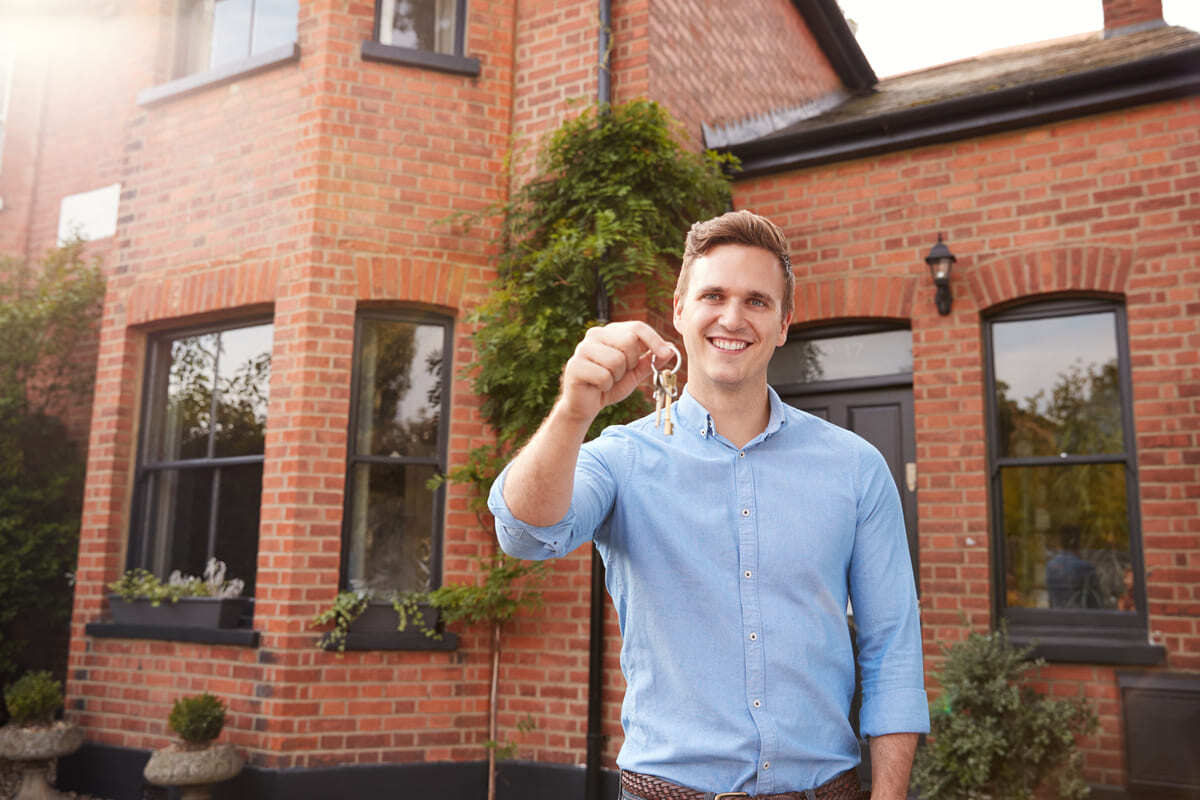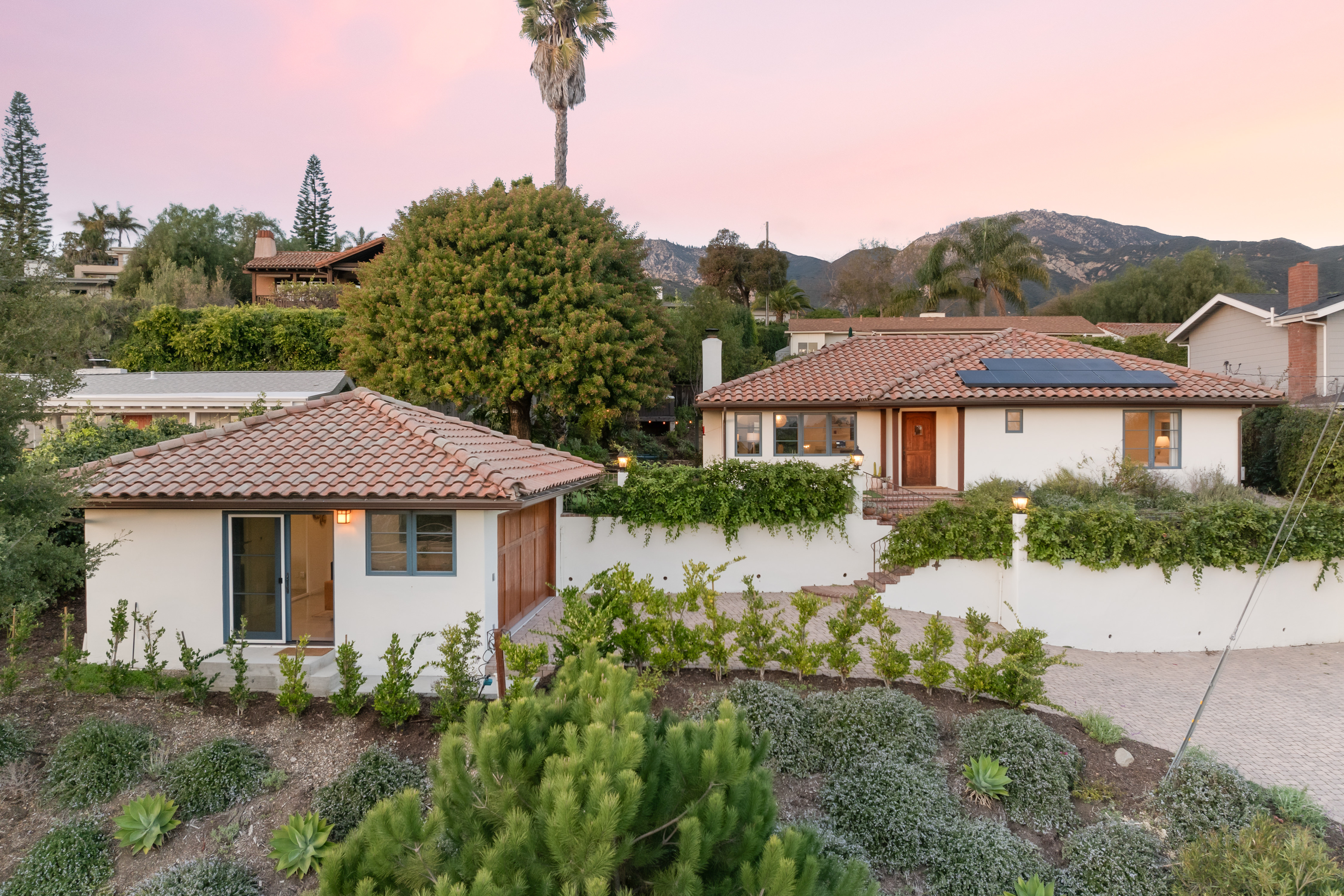 I’ve recently been a go-to source of information for friends looking into investment property. There are so many options. How do you know which one is right for you? What are the strengths and weaknesses of each type of property? What are the long term issues that are going to spring up now that you have this property long term?
I’ve recently been a go-to source of information for friends looking into investment property. There are so many options. How do you know which one is right for you? What are the strengths and weaknesses of each type of property? What are the long term issues that are going to spring up now that you have this property long term?
These are all great questions, so let’s go through the strengths and weaknesses of each type of property.
Single-Family Homes
A friend of mine was interesting in investing and he asked me what I thought of a single-family home on Zillow. First, I asked him to run the numbers and equations described here. These are equations to calculate Cap rates, Net Operating Income, and Cash on Cash return. These calculations determine if a property is worth investing in or not. The results came back negative. He took a deep sigh and lamented “Gosh none of these houses are going to work.”
In many markets, this can be typical because there are so many people looking at single-family homes as their primary residences and it drives the demand up. Not only are you competing against real estate investors and flippers, but you’re competing against people who are looking for a place to live. This can sometimes drive up the price to where the rental market will not earn you a return on your investment.
Typically, the more expensive the home the less it makes sense as a rental. This is why nobody purchases a million dollar home as a rental. There just isn’t a market of renters looking to spend a massive amount of money to rent a very nice home. If they can afford to rent something like that, typically they can afford to buy something for a similar monthly mortgage payment. Obviously, there are exceptions to every rule and every market is different.
This trend may be changing though. The new generation of millennials tend to be all about renting as opposed to owning. Previous generations owned their music, movies, and cars. Now these things are often rented, leased, or accessed by service providers. Single-family homes may take more of a demand in the rental market as time goes on. It just doesn’t seem like our culture is willing to save the necessary down payment for homeownership like they used to. This may change, but only time will tell.
Duplexes
This is typically going to be a better buy for an investment property. If you’re a first-time investor this could be a great option because you could rent out one side of the property while you and your family live in the other side. This is a great first way to get into real estate investing.
Just consider that you must be willing to live next to your tenant. This could make things awkward if they’re late on rent or if you must evict them for non-payment or other violations. Property management and real estate investing isn’t easy, and sometimes these are the sacrifices you will need to make to get into the game.
Four-Plex
Once you start investing in a four-plex you will start to see some real benefits in terms of risk management. In a single-family home, if you have a tenant move out, you lose 100% of the rent. You will need to pay the mortgage 100% yourself and have no income to help you.
With a four-plex the odds of you having four tenants all move out at the same time are next to impossible. Additionally, your operating costs for landscaping will all be bundled into one property, thus saving you money per unit compared to owning multiple properties in multiple places.
Small Multi-family
In many states, there are laws that designate how many units you may have without having an onsite property manager. In California, that number is 16. Therefore, if you purchase a small multi-family apartment complex of 18 units, you will need to hire an onsite manager, and typically offer them a discount on their rent. You’ll also need to add this to your operating expenses, thus taking away from your net operating income.
From my experience, one thing you’ll have to consider is how many units you’ll have in a small apartment complex. If you have under 16 units then typically you can have a property management company manage this from an offsite location for a small percentage of the rent.
If you have over 16 units then you may have to pay for an onsite manager in addition to a management company to do all the accounting and staff that position. From my understanding, the small apartment complex ranging from 16 to 24 units doesn’t really have enough work to be done by an onsite manager. It’s nice to have them onsite, but you end up paying for their hours as well as the discount in rent. This benefit might not always outweigh the cost.
Large Multi-family
This is where my company likes to be. The larger multi-family complexes are much more complex to run, but can generate great income. These complexes can range from 30 to 300 units. They’ll typically have a pool, clubhouse, small gym, and other amenities for residents to use. You’ll need a team of people managing these types of rental properties. This will include one or more onsite managers, an accountant, and most likely an onsite maintenance personal depending on the size of the complex.
If you’re looking at these types of properties, odds are you have a lot of experience in real estate investing. This is not the sector for beginners.
Whichever type of rental property you’re considering, you need to run the numbers. Each property and market are unique, and you just need to make sure it makes sense on paper and you know the regulations you’ll need to comply with. If you’re considering investing, please contact us at Hignell Property Management.










